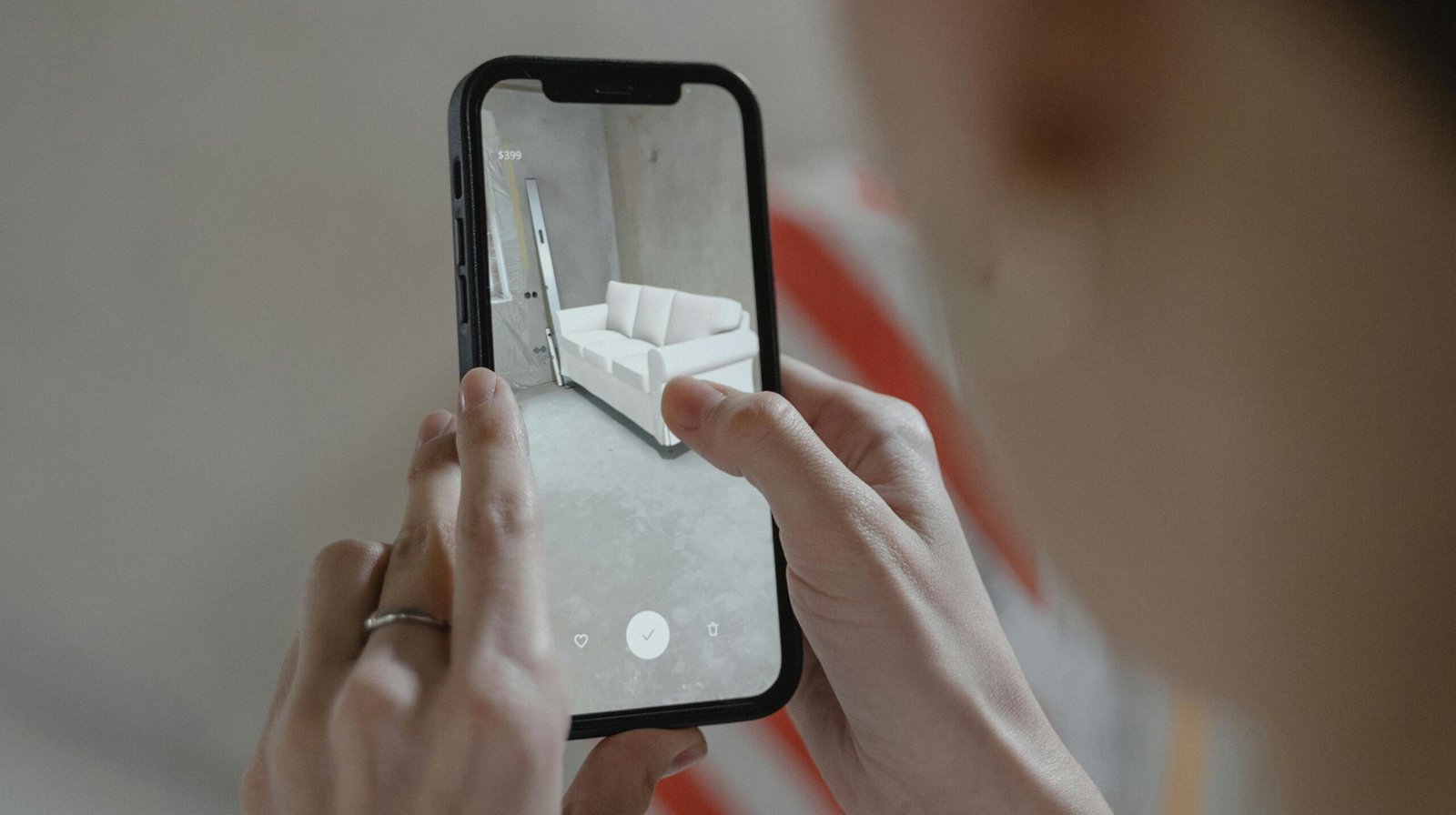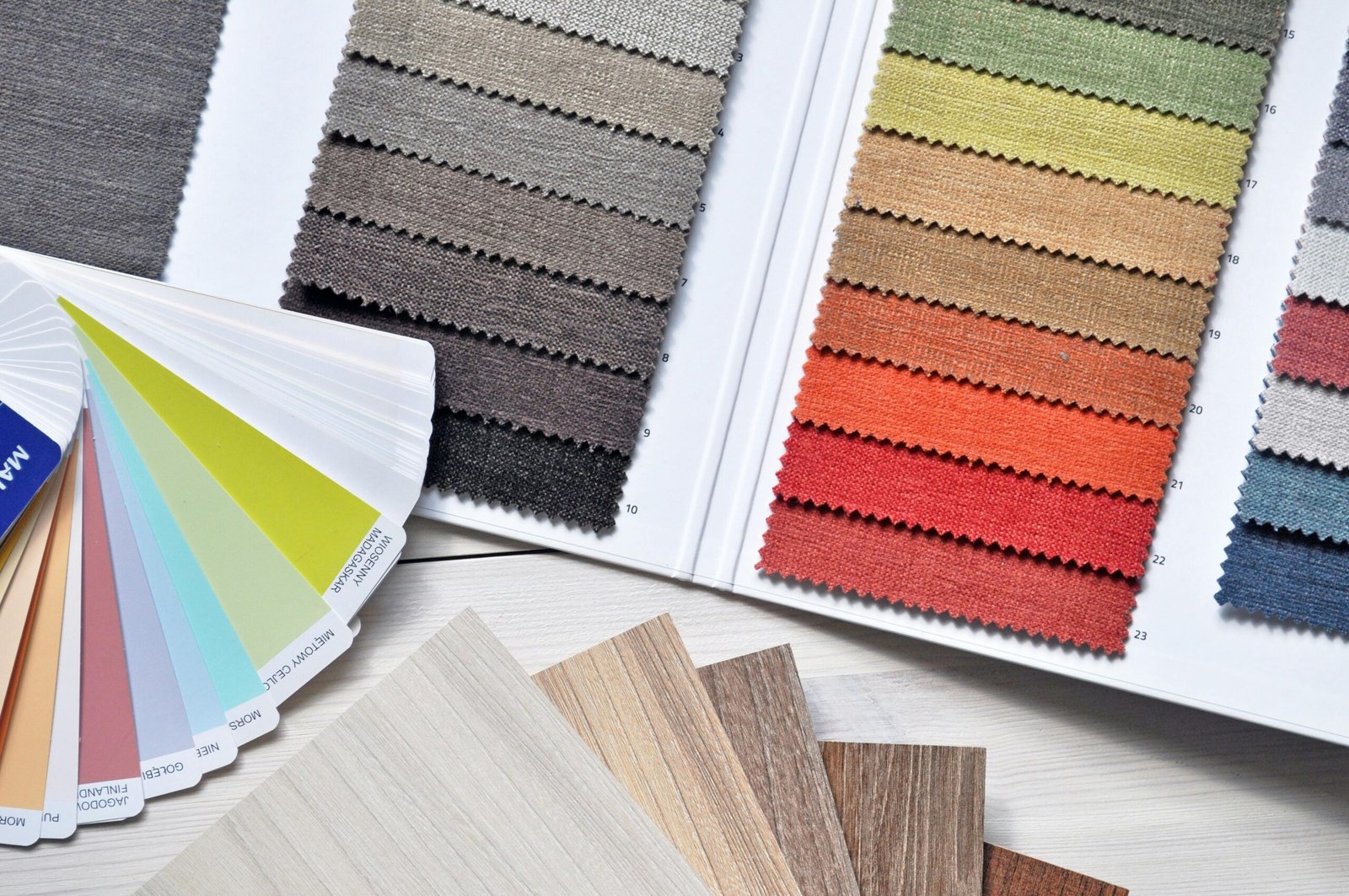Artificial Intelligence (AI) is revolutionizing industries across the globe, and interior design is no exception. The integration of AI into interior design is not just a trend; it represents a significant shift in how professionals approach creativity, efficiency, and client satisfaction. In this blog post, we will explore the impact of AI on interior design, the benefits it brings, the challenges it presents, and how designers can leverage this technology to enhance their work.
The Role of AI in Interior Design
AI technologies are fundamentally altering the interior design process. From automated design tools and smart furniture to virtual reality simulations and predictive analytics, AI is providing designers with new tools to enhance creativity, streamline processes, and deliver personalized experiences to clients.
- Automated Design Tools: AI-powered software can generate multiple design options based on specific criteria such as room dimensions, style preferences, and functional requirements. These tools can quickly create layouts, suggest color palettes, and even propose furniture arrangements, allowing designers to visualize different concepts without starting from scratch. AI algorithms can analyze vast databases of design trends and historical data to recommend optimal designs that align with current trends and client preferences.
- Virtual Reality (VR) and Augmented Reality (AR): AI-powered VR and AR technologies are revolutionizing the way clients experience design proposals. These technologies allow clients to virtually “walk through” a space before any physical changes are made, offering a highly engaging and interactive experience. Designers can create 3D models of rooms and use AI to adjust lighting, textures, and layouts in real-time, providing clients with a realistic view of the final outcome. This level of interactivity not only enhances client satisfaction but also reduces the likelihood of costly revisions.
- Smart Furniture and Materials: AI is also making its mark in the development of smart furniture and materials. For example, furniture embedded with sensors can monitor usage patterns and adjust settings automatically for comfort and efficiency. Smart materials, such as self-cleaning fabrics or adaptive lighting, are increasingly being integrated into interior spaces, offering practical solutions that enhance both aesthetics and functionality.
- Predictive Analytics and Personalization: AI can analyze client data to predict preferences and suggest personalized design solutions. By leveraging machine learning algorithms, designers can gain insights into a client’s style, color preferences, and functional needs, creating designs that are highly tailored to individual tastes. Predictive analytics can also help forecast future design trends, enabling designers to stay ahead of the curve and offer innovative solutions.
Benefits of AI in Interior Design
The integration of AI into interior design brings numerous benefits that can significantly enhance the design process and outcomes.
- Enhanced Creativity and Innovation: AI tools can handle the repetitive and time-consuming tasks of the design process, such as drafting floor plans or choosing color schemes. This allows designers to focus more on the creative aspects of their work, experimenting with new ideas and pushing the boundaries of traditional design. AI can also inspire creativity by offering unconventional design suggestions that designers might not have considered.
- Improved Efficiency and Productivity: By automating routine tasks, AI significantly reduces the time required to complete design projects. Designers can quickly generate multiple design options, make data-driven decisions, and efficiently manage projects from start to finish. This increased efficiency allows firms to take on more projects and deliver results faster, improving profitability and client satisfaction.
- Cost Savings and Resource Optimization: AI tools can help optimize the use of resources, such as materials and labor, by analyzing various design options and selecting the most cost-effective solutions. AI can also predict potential design flaws or challenges before they arise, reducing the need for costly revisions and ensuring that projects stay within budget.
- Enhanced Client Experience and Satisfaction: AI technologies such as VR and AR provide clients with a more interactive and engaging design experience. Clients can see and feel the proposed designs before they are implemented, providing valuable feedback and ensuring their vision is accurately realized. This level of involvement and transparency enhances client trust and satisfaction.
- Data-Driven Decision Making: AI provides designers with access to vast amounts of data that can inform their design decisions. By analyzing data on client preferences, market trends, and material performance, designers can make more informed choices that lead to better design outcomes. Data-driven decision-making also helps designers justify their choices to clients, providing a solid foundation for their proposals.
Challenges of AI in Interior Design
While AI offers numerous benefits, its integration into interior design also presents several challenges that professionals need to navigate.
- High Initial Costs: Implementing AI technologies can require significant upfront investment in software, hardware, and training. For smaller firms or individual designers, these costs can be prohibitive, making it difficult to adopt AI tools and stay competitive in the market.
- Data Privacy and Security Concerns: AI systems often rely on large datasets, including client information, to deliver personalized design solutions. Ensuring the privacy and security of this data is a major challenge, as any breach could damage client trust and result in legal ramifications.
- Lack of Human Touch and Creativity: While AI can generate design options based on data, it lacks the intuition and emotional intelligence that human designers bring to the table. AI-generated designs may lack the personal touch and creativity that clients seek, potentially leading to designs that feel generic or impersonal.
- Ethical Considerations: The use of AI in design raises ethical questions around authorship and originality. As AI-generated designs become more prevalent, the line between human creativity and machine assistance may become unclear, raising questions about who should be credited for the final design.
- Resistance to Change: Some designers may resist adopting AI tools due to concerns about job displacement or a belief that technology cannot replicate the artistry of human design. Overcoming this resistance requires education and demonstrating the value that AI can bring to the design process.
How Interior Designers Can Leverage AI
Despite the challenges, there are several ways that interior designers can effectively leverage AI to enhance their work and stay competitive in the evolving market.
- Embrace AI as a Collaborative Tool: Rather than viewing AI as a replacement for human creativity, designers should see it as a collaborative tool that enhances their capabilities. By automating routine tasks, AI allows designers to focus on what they do best: creating beautiful and functional spaces that reflect their clients’ personalities and needs.
- Invest in Continuous Learning and Training: Staying up-to-date with the latest AI tools and technologies is crucial for designers who want to remain competitive. Investing in training and education can help designers understand how to effectively use AI in their work and stay ahead of industry trends.
- Focus on Personalization and Client Engagement: AI offers a unique opportunity to enhance client engagement by providing more personalized design solutions. By leveraging AI tools to analyze client data and preferences, designers can create exceptionally customized spaces that resonate with their clients’ tastes and lifestyles.
- Utilize AI for Sustainable Design Solutions: AI can help designers make more sustainable choices by analyzing the environmental impact of different materials and design options. By incorporating AI-driven recommendations into their designs, designers can create spaces that are not only beautiful but also environmentally friendly.
- Collaborate with Technology Experts: Designers don’t need to become AI experts themselves; instead, they can collaborate with technology experts who can help them integrate AI into their workflows. This collaboration can help designers overcome technical challenges and ensure that they are using AI tools effectively.
Future Trends – AI and the Evolution of Interior Design
The future of interior design is likely to be increasingly influenced by AI technologies. As AI continues to evolve, we can expect to see even more sophisticated tools that enhance creativity, improve efficiency, and deliver more personalized and sustainable design solutions. Here are some future trends to watch for:
- AI-Driven Design Platforms: The development of more advanced AI-driven design platforms that offer end-to-end solutions, from concept creation to project management, will further streamline the design process and enable designers to deliver high-quality results faster.
- AI-Enhanced Sustainability: AI will play an increasingly important role in promoting sustainability in interior design. By analyzing data on energy usage, material sourcing, and waste management, AI can help designers make more sustainable choices and reduce the environmental impact of their projects.
- Greater Accessibility: As AI technologies become more affordable and accessible, even smaller firms and independent designers will be able to leverage these tools to enhance their work. This democratization of AI could lead to a more diverse and inclusive design industry.
- Ethical and Responsible AI Use: As AI becomes more integrated into interior design, there will be a greater focus on ethical and responsible use of these technologies. Designers will need to consider the ethical implications of AI-generated designs and ensure that they are using AI tools in a way that respects client privacy and fosters trust.
Conclusion
Artificial Intelligence is transforming the world of interior design, offering new tools and opportunities for creativity, efficiency, and personalization. While there are challenges to overcome, the potential benefits of AI far outweigh the drawbacks. By embracing AI as a collaborative tool, investing in continuous learning, and focusing on personalization and sustainability, interior designers can leverage AI to enhance their work and stay ahead in a rapidly evolving industry.
As AI technologies continue to evolve, the future of interior design looks promising, with endless possibilities for innovation and growth. The key for designers is to stay curious, remain adaptable, and embrace the transformative power of AI to create spaces that are not only aesthetically pleasing but also functional, sustainable, and reflective of their clients’ unique needs and preferences.



